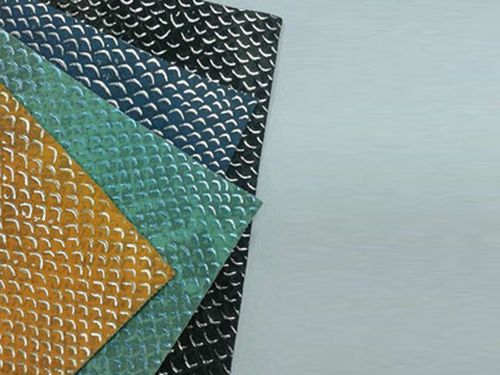
PU is the abbreviation of English polyurethane, and the chemical Chinese name is "polyurethane". PU leather is the skin of polyurethane. It is widely used in the decoration of luggage, clothing, shoes, vehicles and furniture. It has been increasingly affirmed by the market. Its wide range of applications, large quantities, and many varieties cannot satisfy traditional natural leather. The quality of PU leather is also good or bad. Good PU leather is even more expensive than real leather, and the shaping effect is good and the surface is bright!
In China, people are accustomed to call artificial leather produced with PU resin as raw materials as PU artificial leather (PU leather for short); artificial leather produced with PU resin and non-woven fabric as raw materials are called PU synthetic leather (for short synthetic leather). Traditionally, the above three types of leather are collectively referred to as synthetic leather. How to name it? It is up to everyone to unify and standardize it to give it a more appropriate name.
Artificial leather and synthetic leather are an important part of the plastic industry and are widely used in various industries in the national economy. The production of artificial leather and synthetic leather has a history of more than 60 years in the world. China has been developing and producing artificial leather since 1958. It is an industry that has developed earlier in the Chinese plastics industry. In recent years, the development of China's artificial leather and synthetic leather industry is not only the growth of equipment production lines of production enterprises, the continuous growth of product output, and the increase of varieties and colors, but also the development of the industry has its own industry organization and has considerable cohesion. It can organize China's artificial leather and synthetic leather companies, including related industries, into a powerful industry.

Following PVC artificial leather, PU synthetic leather has been researched and developed by scientific and technological experts for more than 30 years. As an ideal substitute for natural leather, PU synthetic leather has achieved breakthrough technological progress.
PU coating on fabric surfaces first appeared on the market in the 1950s. By 1964, DuPont of the United States developed a PU synthetic leather used as shoe uppers. After the Japanese company established a production line with an annual output of 600,000 square meters, after more than 20 years of continuous research and development, PU synthetic leather has grown rapidly in terms of product quality, variety, and output. Its performance is getting closer and closer to natural leather, and some of its performance even exceeds that of natural leather, reaching a level that is indistinguishable from the true and false of natural leather. It occupies a very important position in human daily life.
Today, Japan is the largest producer of synthetic leather, and the products of several companies such as Kuraray, Teijin, Toray and Kanebo basically represent the international level of development in the 1990s. Its fiber and non-woven fabric manufacturing is developing in the direction of ultra-fineness, high density and high non-woven effect; its PU manufacturing is developing in the direction of PU dispersion and PU water emulsion, and the product application field continues to expand. From the beginning, shoes, luggage The field has developed into other special application fields such as clothing, balls, decoration, etc., covering all aspects of people's daily life.